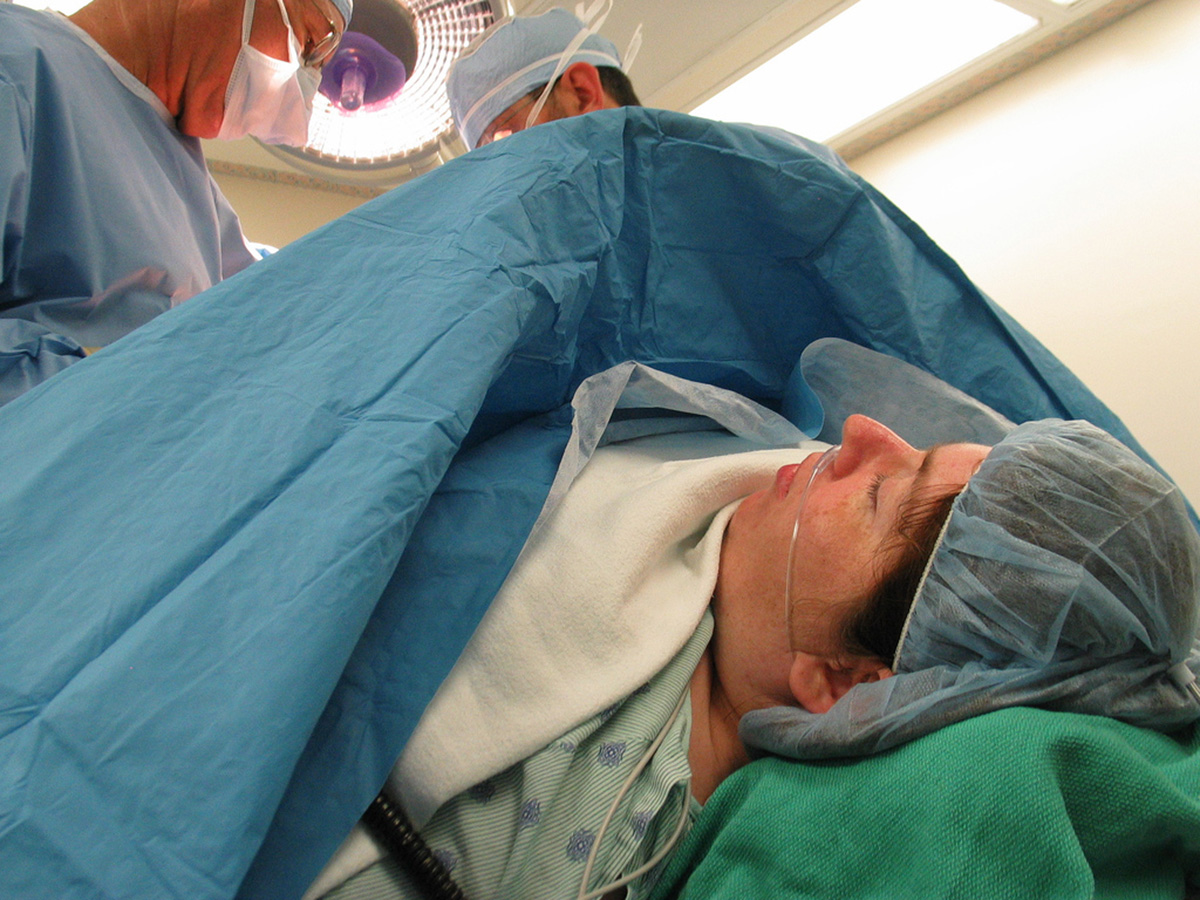Table of Contents
Birth 'Plans'
Birth plans — documents outlining your expectations of your labor and birth — have become commonplace, to the point of turning into a rite of passage for many modern mothers. Such birth plans may detail what pain relief, if any, you would like during your labor, whom you'd like present at your birth, and whether or not you consent to an episiotomy when you are about to deliver. Though being an active patient is a very positive thing, and making your wishes known to your healthcare team is certainly your right, we also have to acknowledge that birth plans often turn into something altogether different: a call on doctors to ignore evidence-based practices and instead to do what the mother wants, no matter how dangerous.

Birth doesn't follow anyone's "plan". Things can change, and change very quickly, and in emergency and non-emergency situations alike, you cannot expect your physician or midwife to follow your wishes if they are ultimately wishes that pose a threat to the wellbeing of you and your baby. Rather than becoming attached to certain rigid ideas of what you would like, it is a good idea to discuss the possibilities with your healthcare team in advance.
Lotus Birth
Delayed cord clamping, wherein the baby's umbilical cord isn't cut until it stops pulsating and the baby receives more of the blood that previously remained in the placenta, is an increasingly common practice that makes a ton of sense. Lotus birth takes that practice to a whole new level: rather than waiting before cutting the cord, people who practice Lotus birth never cut the cord at all. The idea is that, as the baby was attached to the placenta for the duration of pregnancy, suddenly severing the bond between baby and placenta is violent and upsetting. Leaving the placenta attached forces the mother to slow down and focus only on her baby while the cord remains attached.
People who practice Lotus birth frequently add salt and rosemary in an attempt to keep things hygienic, and then use a tub or a special bag around the placenta, which remains attached until the umbilical cord naturally rots off. Britain's equivalent of the ACOG, the Royal College of Obstetricians and Gynecologists, pointed out that "the placenta is particularly prone to infection as it contains blood". It added: "Within a short time after birth, once the umbilical cord has stopped pulsating, the placenta has no circulation and is essentially dead tissue."
Lotus birth, then, isn't just odd and inconvenient, but also potentially dangerous. Don't do it.
Vaginal Seeding
The human microbiome is a fascinating thing, something that begins developing as a baby passes through the birth canal in vaginal births and that can play a positive role in the baby's health for the rest of their life. Are c-section babies missing out? Some people believe so, so strongly that they think sticking gauze in the vagina after c-section births and then spreading the resultant bacterial bath all over the baby's face and even in their mouth is a good idea.
However, there is currently no evidence to suggest that vaginal seeding is helpful or even safe, and before that evidence emerges, holding off on this practice is probably the best course of action.
- Photo courtesy of rabble via Flickr: www.flickr.com/photos/rabble/4417532500
- Photo courtesy of rabble via Flickr: www.flickr.com/photos/rabble/4417532500
- Photo courtesy of grendellion via Flickr: www.flickr.com/photos/grendellion/841151342


Your thoughts on this